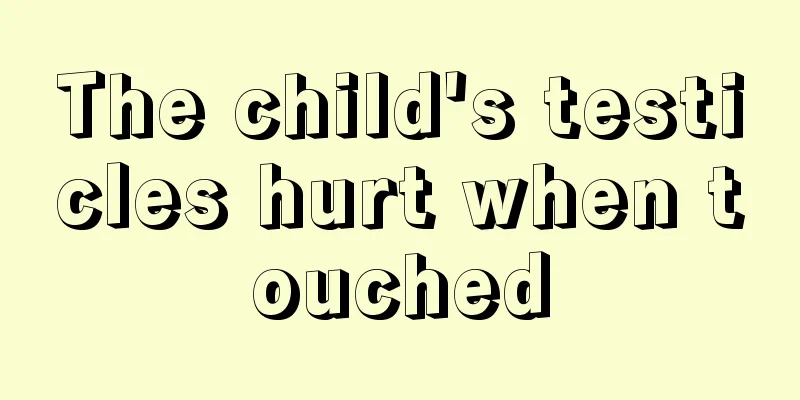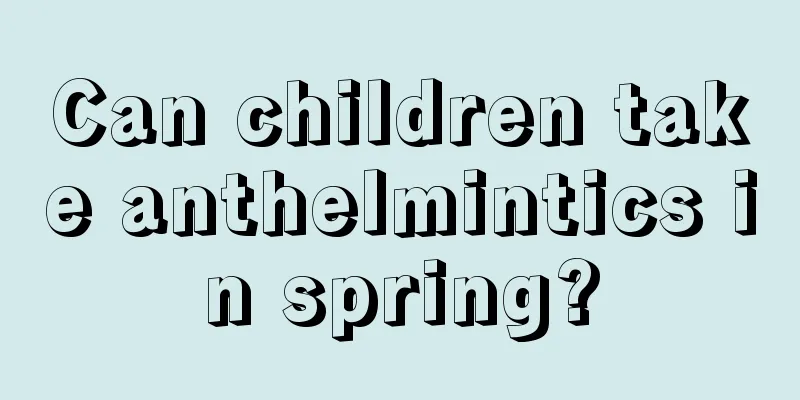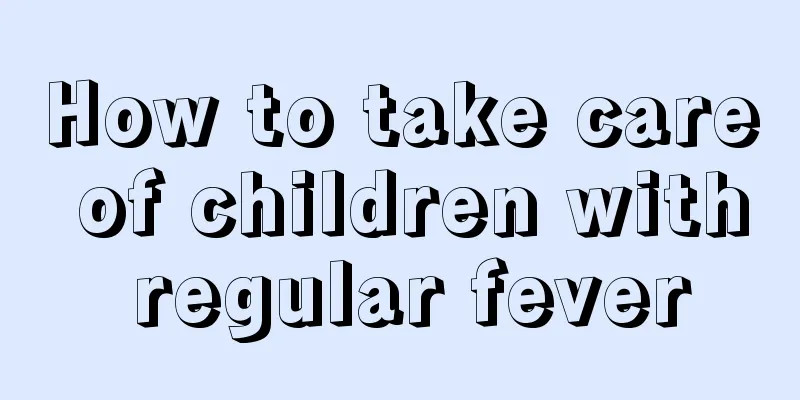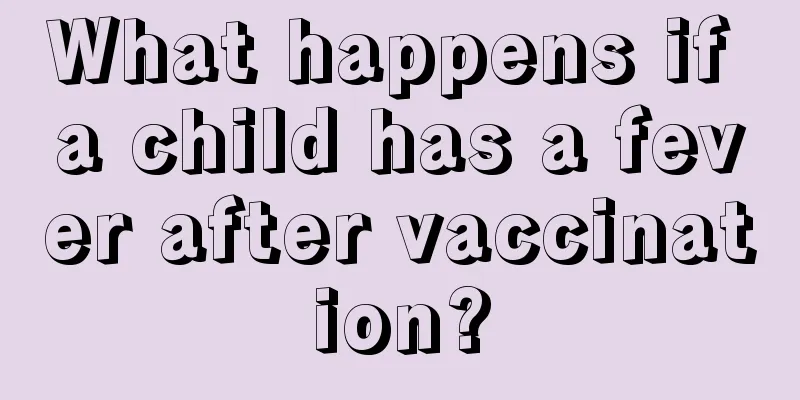The child's testicles hurt when touched

|
The reason why children's testicles hurt when touched is usually caused by epididymitis. Because there is an epididymis around the testicles, sperm is stored here, but it is easy to be infected by bacteria, causing infection of the vas deferens, thereby causing male diseases such as urethritis and prostate. Therefore, mothers should pay attention to the hygiene and protection of children's testicles, avoid touching the testicles with force, and avoid disinfection and sterilization. 1. It is epididymitis that is causing the problem. The posterior edge of the testicle is the epididymis, where sperm is temporarily stored after production. Epididymitis is mostly caused by bacterial infection of the urinary tract that has not healed, causing the bacteria to enter the epididymis through the lumen of the vas deferens. It often occurs with posterior urethritis, prostatitis, seminal vesiculitis, etc. The site of onset may be unilateral or bilateral, and the onset may be acute or chronic. In epididymitis, the entire scrotum becomes red, swollen, hot, painful, sensitive to the touch, and there is burning pain when urinating. The scrotum is painful when at rest, but the symptoms are relieved when lying supine. 2. It is orchitis. It is mostly caused by direct spread of epididymitis to the testicles and is caused by bacteria. Acute orchitis in children is usually caused by the mumps virus. You can clearly see that one or both testicles are swollen and painful when pressed. The scrotal skin is also obviously red and swollen and feels hot to the touch. 3. It is varicocele. Varicocele is caused by congestion of blood flow in the spermatic vein, which causes the venous plexus to dilate, become tortuous, and become longer. Varicocele can also be caused by kidney tumors. Patients will feel a dull pain, as if a small bag of worms has drilled into your scrotum. In more serious cases, there will be a heaviness and pain in the scrotum, and back pain from standing for a long time, but lying down and resting can relieve the pain. 4. Testicular bruise. When the testicles are damaged, there will be local swelling and bruising. Also, because the scrotal skin is loose and the testicular blood flow is abundant, it is very easy to cause hematoma and infection after injury. Vigorous exercise, sexual activity or violence can sometimes cause strong contraction of the levator testis muscle, making the testicles "worse". After trauma, if the blood vessels supplying nutrients to the testicles are severely damaged, they will atrophy and necrotize, causing impotence or sexual dysfunction. 5. It is testicular torsion. Testicular torsion is not uncommon and can cause swelling, tenderness, and severe pain on one side of the scrotum that radiates to the lower abdomen, groin, or thigh. The causes of testicular pain are complex. Children must not endure testicular pain. If you feel that your child has the same symptoms described in the article or finds that your child is unwell, it is recommended that you go to the hospital for examination in time. This can achieve the effect of early detection, early treatment, low cost and good efficacy. It can also prevent the disease from worsening and reduce the burden of treatment. Do not blindly use drugs. |
<<: What to do if a boy has inverted nipples
>>: Why do children's testicles have different sizes?
Recommend
Why do children get millet-sized bumps on their bodies?
Small bumps often appear on people's skin. So...
What is the thing that prevents hunchback?
Hunchback is a phenomenon of spinal curvature tha...
Symptoms and treatment of dysentery in children
Dysentery is a common gastrointestinal disease in...
What's wrong with babies not sleeping during the day?
What’s the problem if a six-month-old baby doesn’...
Can babies drink watermelon juice when they have a fever?
We all know that baby's fever is mainly cause...
What are the symptoms of vestibular dysfunction?
Vestibular dysfunction is a relatively serious di...
What should I do if my seven-year-old child has diarrhea?
Children's stomachs are generally fragile. If...
Why does my 4-year-old baby drool while sleeping at night?
It is normal for children to drool when they are ...
What to do if your one-year-old child has a hoarse voice?
Many parents have found that when their children ...
Can I get vaccinated if I have tonsillitis?
Tonsils are mainly distributed on both sides of t...
What should I do if my six-year-old child has poor memory?
Six-year-old children are at school age, and they...
The eyes of a baby with cerebral palsy_The eyes of a baby with cerebral palsy
Cerebral palsy will not only cause serious harm t...
What medicine should children take for cough
Coughing in children is quite common and is somet...
Why does a child have diarrhea after eating shrimp?
Shrimp is very nutritious, but why do some childr...
What are the symptoms of heart disease in children?
Some children already have heart disease when the...









